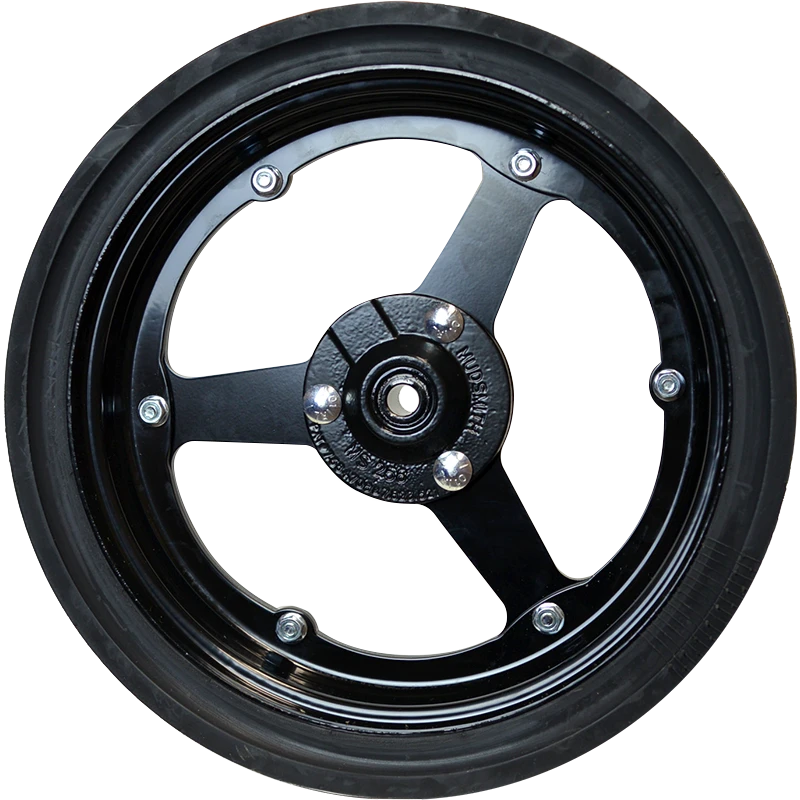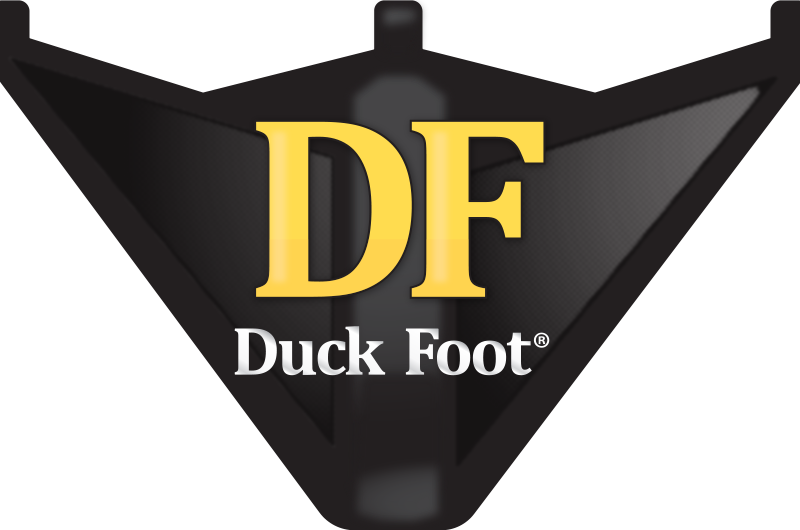
Residue management might not be the flashiest part of your drill setup, but when it’s not doing its job, it shows up fast. Whether it’s plugging, poor seed placement, or uneven emergence, the wrong residue manager can cost you in both yield and time.
For John Deere drills, there are really two main options on the market. Both are designed to help reduce hairpinning and clear a path for better seed-to-soil contact—but the similarities stop there. If you’re in the middle of deciding between the two, here’s a look at what they both offer—and where Aricks clearly pulls ahead.
What Both Options Offer
The competing residue manager has earned a solid reputation. It’s easy to install, relatively lightweight, and can handle moderate residue conditions. If you’re working in drier climates or behind a stripper header, it may serve you well enough.
But as conditions get heavier—wet straw, no-till ground, lodged crops—you start to see where the design reaches its limits.
Why More Farmers Are Switching to Aricks
1. Zero Greasing Required
The Aricks Residue Manager features fully sealed, non-greasable bearings—meaning you can cross “daily maintenance” off your list. This saves time during crunch season and eliminates one more point of failure.
2. Built Like a Tank
High-tensile steel. Reinforced brackets. A frame that doesn’t flex under pressure. These units are designed for hard ground, heavy straw, and seasons where you don’t have time to baby your equipment. Farmers running Aricks report using them season after season without signs of wear.
3. Proven in Real-World No-Till
These units were born in Australia, where no-till is the norm and residue is often heavier than what we see here. That background shows in the design—they’re made to work, not plug up or drag.
4. Superior Performance in Wet Conditions
When things get damp, lesser designs can gum up fast. Aricks keeps turning. Its aggressive profile and open design allow residue to move through instead of building up and causing problems. That means fewer stops, less frustration, and a better seeding pass.
Why It Matters
Poor residue management doesn’t just make the field look rough—it costs real yield. Hairpinning, inconsistent depth, and poor emergence can reduce plant stand and delay maturity. If you’ve only got one chance to get the seed in right, wouldn’t you want the best tool ahead of the opener?
Aricks isn’t a short-term fix. It’s a long-term upgrade that reduces maintenance, stands up to tough ground, and helps you get more out of every acre you seed.
Ready to see how Aricks stacks up on your drill?
Give us a call at 1-855-612-7006 and we’ll walk you through fitment, install, and how to get the most out of the system. Your seedbed—and your yield—deserve it.


















